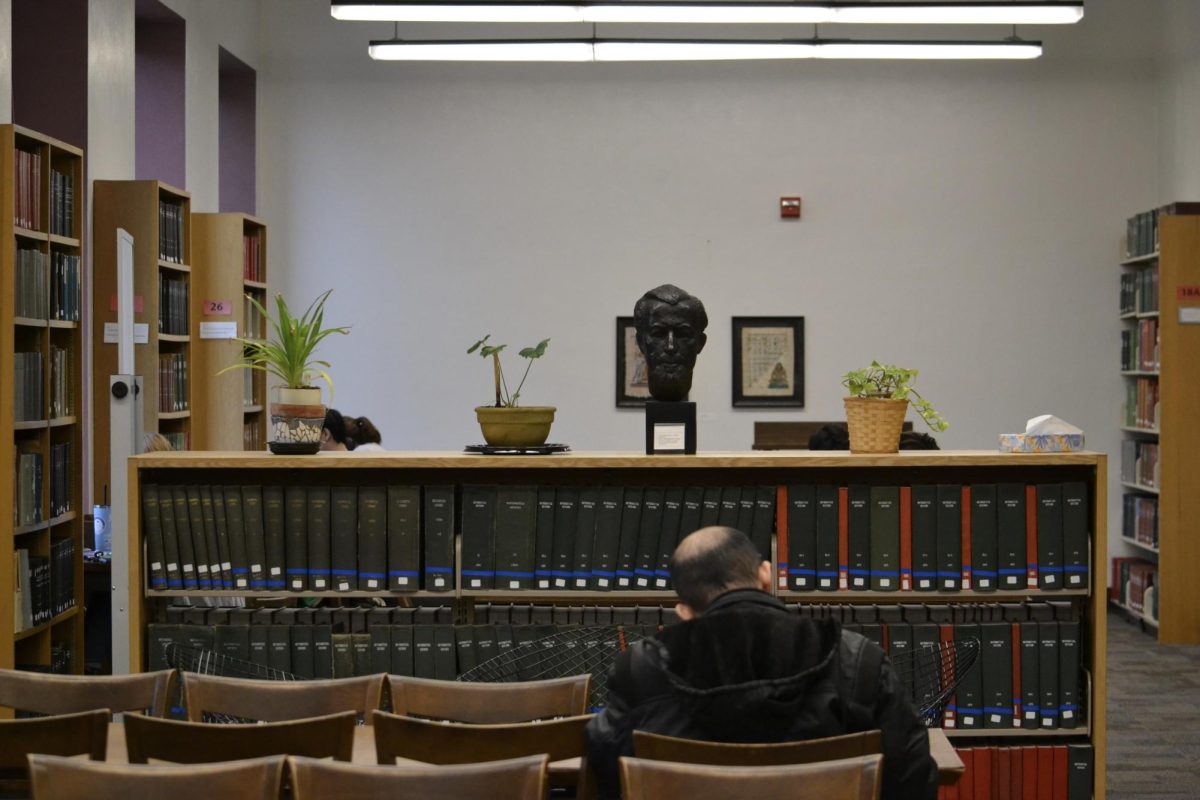When the University of MinnesotaâÄôs 2011 budget was approved, a $152 million gap in funding highlighted an increasing and ongoing decline in state support of higher education.
While budget cuts effect on all colleges in the University, the Law School faces some of the biggest losses. Ninety percent of the schoolâÄôs budget already comes from private giving, and at the State of the Law School address last week, Dean David Wippman was asked if relying solely on private funding was a viable possibility.
âÄúWeâÄôre not there yet,âÄù Wippman said. âÄúBut letâÄôs not say we wonâÄôt get there.âÄù
As budget cuts and tuition increases affect schools all around the country, public colleges and universities have taken dramatic steps to sustain a secure financial plan.
In 2003, the University of Virginia Law School became completely financially self-sufficient from the state. This meant the school could benefit from full market value âÄî or 100 percent âÄî of its tuition, endowments and gifts, application fees and library fines.
The school also foots the bill for direct costs of teaching, maintenance and operations of facilities and capital costs associated with their buildings.
Since then, other law schools, including the University of Michigan, University of California-Berkeley and Arizona State University, have joined the club.
Much like the University of Minnesota, ASUâÄôs Sandra Day OâÄôConnor College of Law has seen a major drop in state funding in the past couple of years.
Each of the institutions seeking self-sufficiency are at different stages of the process and face different budget challenges. Compared to these institutions, the University had the lowest in-state and second lowest out-of-state tuition rates in the previous fiscal year.
In his speech, Wippman said stagnant Minnesota state funding will continue to force the University Law School to raise tuition. Alternatively, ASU will be able to make more long-term plans with their new budgeting strategy.
The college is currently at the start of a plan that will generate enough revenue to help it become financially self-sufficient.
âÄúThe plan is to get to a point in the next five or six years where we would be generating our own revenue to cover operating expenses âÄî not the building [yet] âÄî but just operating expenses,âÄù Dean Paul Schiff Berman said.
State-allocated funds will go to other colleges in ASU, a concept that redefines the term public institution.
âÄúItâÄôs really a hybrid. We will be a privately funded, but publically purposed, institution,âÄù Berman said, citing low tuition compared to other top law schools as differentiation between ASU and private institutions.
âÄúI definitely think itâÄôs going to be a trend,âÄù Berman said, âÄúbecause universities will be ever more interested in having those units within the university that can generate their own revenue to do so, and there will be a benefit to those units because it will generate a more stable stream of revenue that is not dependent on âĦ the rise and fall of state funding decisions.âÄù
Daily Email Edition
Get MN Daily NEWS delivered to your inbox Monday through Friday!

Published April 18, 2024

Published April 18, 2024

Published April 18, 2024
Trending
Public law schools find way to buck state funding woes
As schools are becoming more self-sufficient, the U’s options are open.
by Adam Daniels
Published November 2, 2010
Leave a Comment
More to Discover
Advertisement
The Minnesota Daily • © 2024 The Minnesota Daily • Privacy Policy • FLEX Pro WordPress Theme by SNO • Log in













